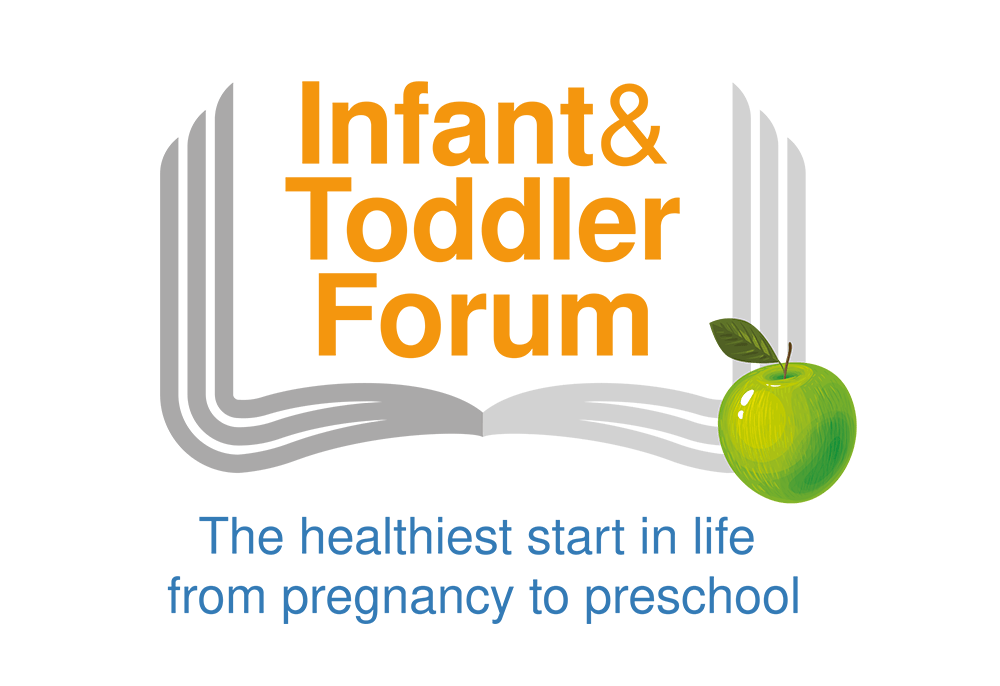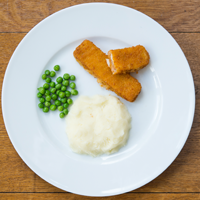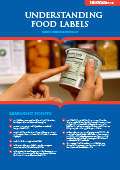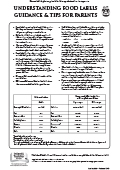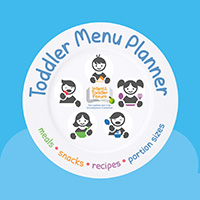
Use our Toddler Meal planning tool to ensure your 1-4 years old receives a balanced diet every day.
Find out more >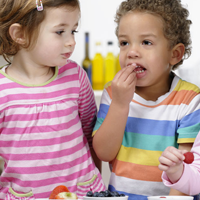
Use our toddler food tracker to check that your 1-4 year olds are getting a good balance of foods and activity
Find out more >
This educational programme for frontline professionals contains a range of practical resources on infant feeding.
Find out more >
Guidance & Tips for Parents
- By law food labels must include information on ingredients, guidance on storage, a ‘best before’ date, allergy advice and instructions for use.
- There are 14 ingredients that commonly cause allergies. If a food contains any of these, they must be listed on the label.
- Food labelling laws do not apply to fresh food or individual packs within multipacks.
- If a food is labelled as suitable for children under three years old, it should comply with strict rules on what it can and cannot contain.If the food does not contain an explicit age recommendation, these rules do not apply, even if the food is clearly packaged to appeal to young children.
- RDA means Recommended Daily Amount. It is set for adults not children.
- GDA means Guideline Daily Amount. It is set by the food industry for either adults or children of a specified age.
- RNI means Reference Nutrient Intake. It gives the recommended intake for specific ages.
- The traffic light system offers a quick way to judge the amount of calories, fat, carbohydrate, sugar and salt in a food. It uses red, amber and green labels to show whether a food or drink has high, medium or low amounts.A red or amber light does not necessarily mean a food is unhealthy. You need to judge its overall content, and consider it within a healthy balanced daily diet. For example cheese is a nutritious food for toddlers because it contains calcium, protein and certain vitamins, but it will be labelled as high in saturated fat and salt because of how cheese is made. Milk and fruit are healthy foods but both contain natural sugars. Foods containing milk or fruit will therefore usually be labelled high in sugar.
- When looking for low sugar foods it is best to compare the sugar contents of comparable foods.
- Do not expect any foods to be sugar-free because there are natural sugars in most foods. It is important that toddlers enjoy their food and a little sugar is normal.
- If you want to know more about the content of a food you can visit the food company’s website or contact it directly. For more detailed dietary advice you can contact a registered dietitian via your GP, Primary Care Trust orwww.freelancedietitians.org.
